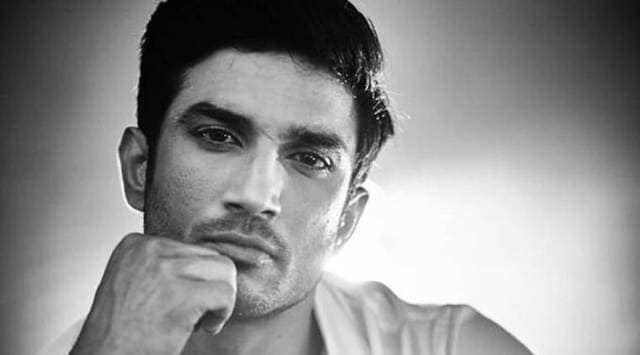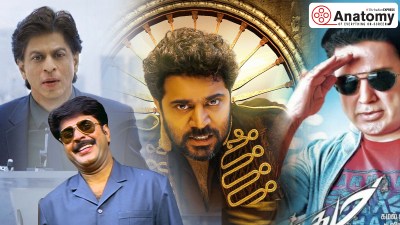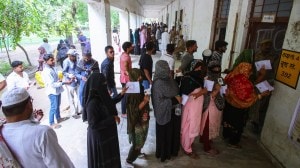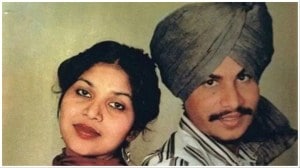- India
- International
Sushant case: Media highly polarised now, was neutral in past, says Bombay HC
On October 21, the high court had sought to know from Republic TV how its statements that asked the public to decide on who should be arrested in actor Sushant Singh Rajput's death case amounted to investigative journalism.
 Sushant Singh Rajput, was found dead in his apartment in suburban Bandra on June 14. (File)
Sushant Singh Rajput, was found dead in his apartment in suburban Bandra on June 14. (File)The Bombay High Court on Friday remarked that the media has become “highly polarised” and the journalists were neutral and responsible in the past.
A division bench of Chief Justice Dipankar Datta and Justice Girish S Kulkarni was hearing public interest litigations (PILs) by eight former senior police officers from Maharashtra, as well as activists, lawyers and NGOs, seeking restraining orders against “media trial” in the case.
On October 21, the high court had sought to know from Republic TV how its statements that asked the public to decide on who should be arrested in actor Sushant Singh Rajput’s death case amounted to investigative journalism. It also asked the News Broadcasters Federation (NBF) why no suo motu action can be initiated for “irresponsible coverage” of criminal sensitive matters and “media trial” in the case.
On Friday, the high court made the observations after advocate Ankit Lohia representing Zee News, one of the respondent news channels, maintaining that the channel was not guilty of allegations made by the petitioners, submitted a report authored in 1947 by a European institute, which analysed options between self-regulation and statutory regulation for the media and had suggested that there was no need for government control.
To this, CJ Datta orally remarked, “We are ruled by the rule of law in India. How do you advocate that people who go around accusing others can find shelter of freedom of press? Journalists back then were responsible and neutral, now the media is sharply polarised.”

Justice Kulkarni then asked Lohia as to why he referred to the 1947 report, whereas the 1983 Law Commission report had compared the media regulation model in India with the European countries along with other international models and had suggested that there was a need for checks and balances in the functioning of the media in India.
When Lohia responded that the media was not averse to being regulated, the bench said, “This is not a question of regulation. This is a question of checks and balances. People forget where to draw lines. Do it within lines. You (news media) want to criticise government, do it. The issue in the present case is that someone had died and the allegation is you are interfering.”
Thereafter, advocates Alankar Kirpekar for India TV news and Zeeshan Hashmi for News Nation submitted and said that the media trial in the actor’s death is one of the cases and hence the court should not insist on having statutory regulation on the electronic media. They further submitted that the media was controlled by the government in countries such as China and Bangladesh, which resulted in low ranking of media independence in these countries.
Meanwhile, Additional Solicitor General Anil Singh representing Central Bureau of Investigation (CBI), Narcotics Control Bureau (NCB) and Enforcement Directorate (ED) said that the petitioners’ claims that information related to investigation in the Sushant death case being leaked to selective media was misconceived and the three agencies had categorically denied the allegations through their affidavit in reply to the pleas.
The court will continue hearing PILs on Thursday, October 29.
Apr 26: Latest News
- 01
- 02
- 03
- 04
- 05








































